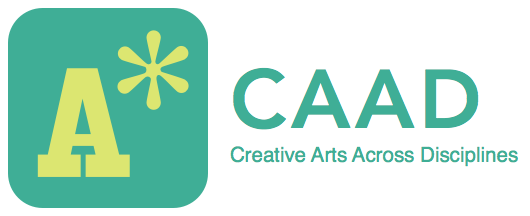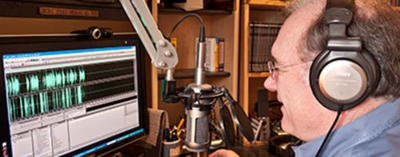In his podcast titled “Wow Factor, Where Art Thou?” photographer Brooks Jenson ponders whether or not a photograph can posses the same sort of “wow factor” that a painting, drawing, or sculpture may have. Jenson believes that the appreciation of art is “tied up in a fundamental wonder that borders on disbelief” and begs the question of how the artist made the work. He argues that in photography, the most impressive aspect of the work itself is the sophisticated technology of the camera used to take the photograph and the printer used to produce it. On the other hand, in a painting, drawing, or sculpture, the aspect that truly makes the work admirable is the way in which the artist transforms a material such as paint or marble into art.
At first, Jenson felt he held this belief because he himself is a photographer. Because he is able to understand photographic technique, “there [is] no surprise, no amazement at what” other photographers do. Jenson ultimately reasons, however, that “the wow factor in photography is in the machines; not in the print, and not in the photographer.” Conversely, he argues, “I can’t imagine anybody looks at a tube of paint and has a wow factor experience […] the wow factor exists entirely in the artwork.”
Jenson calls this idea the “unique curse for photography” and wonders how this curse may “cripple photography as an artform.” He claims that “because photography is so mechanically based” it leaves photographers with, as a “primary tool,” the” depth of experience that we portray in our photographs, the sensitivity with which we can observe life and make an interesting photograph, or alternatively, we have to have a spectacular subject.”
While this is an interesting argument, I’m not sure I entirely agree with Jenson. I have certainly had many experiences in viewing a photograph in which I was truly impressed by a certain “wow factor” in the photograph. Additionally, I feel it is a bit unfair to discredit the artistry with which a photographer takes a photograph. What do you think?
To listen to the full podcast, click below or visit the LensWork Daily website

